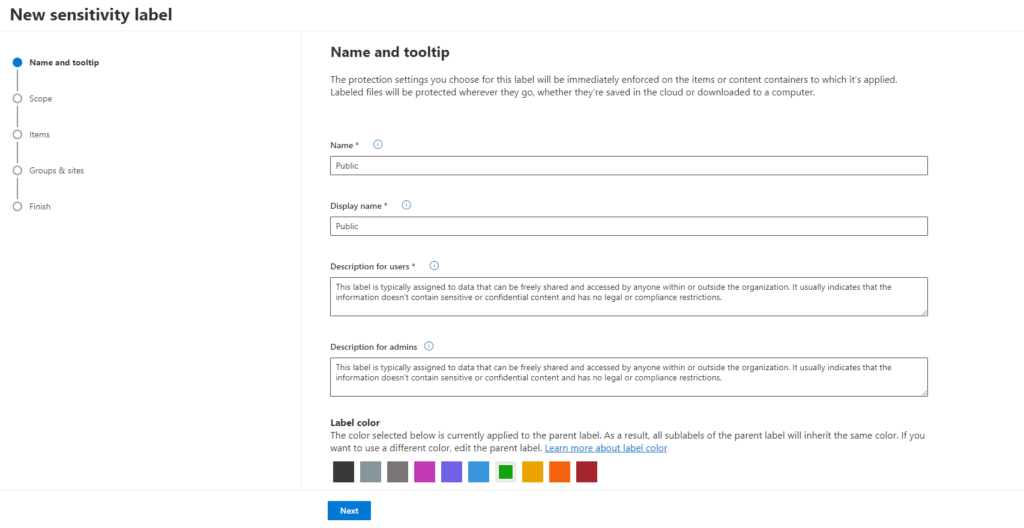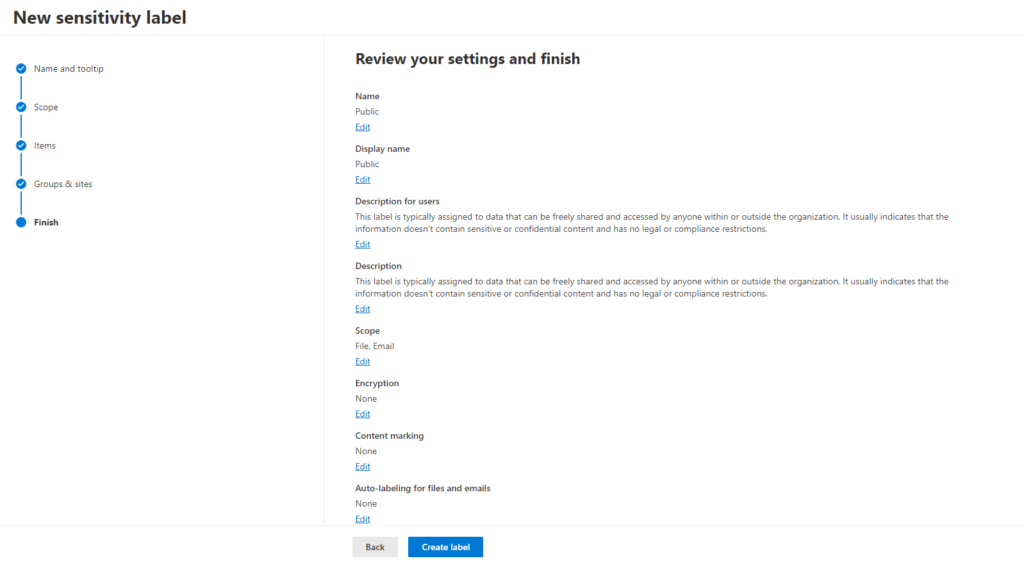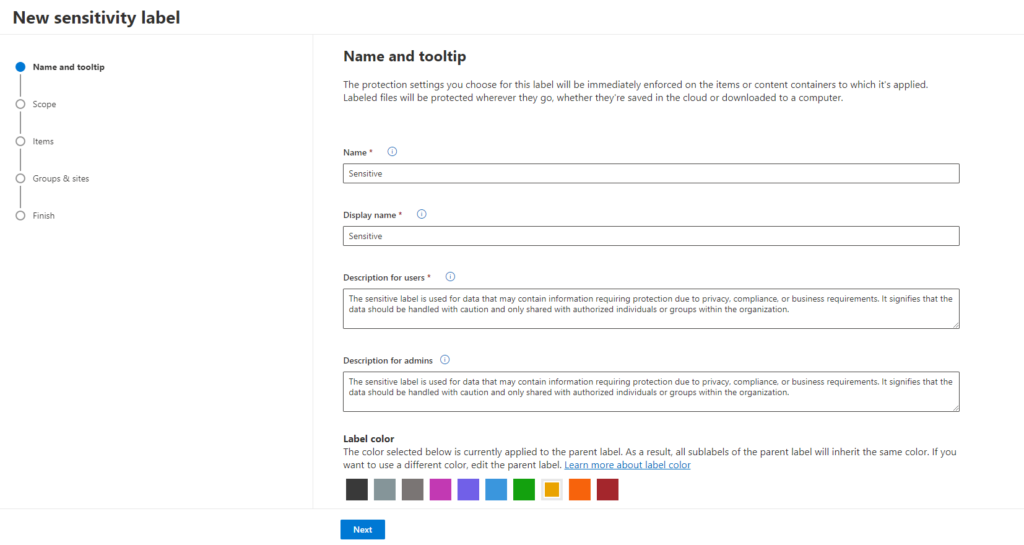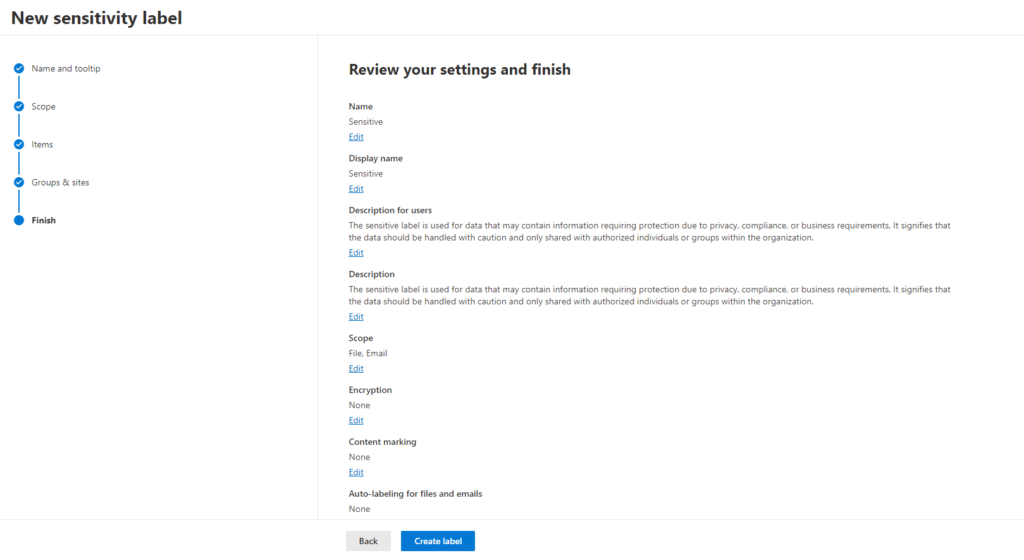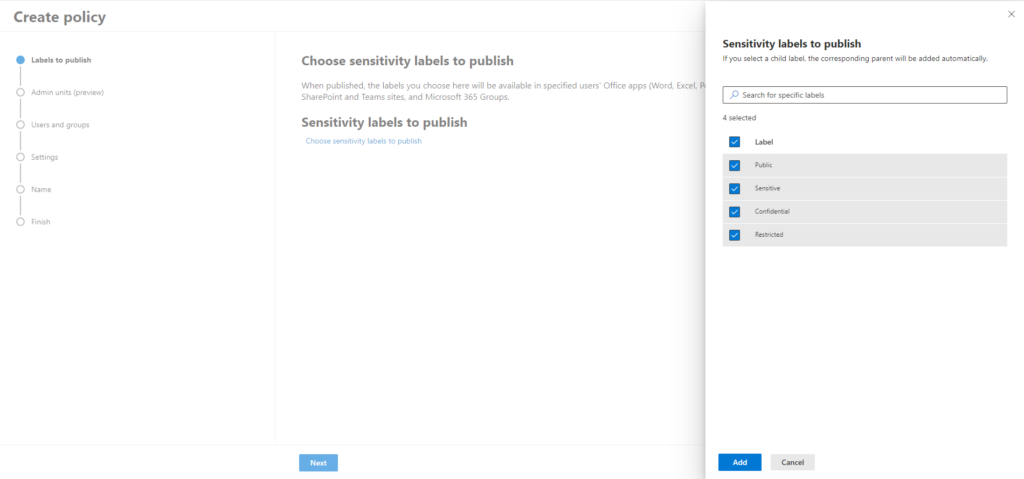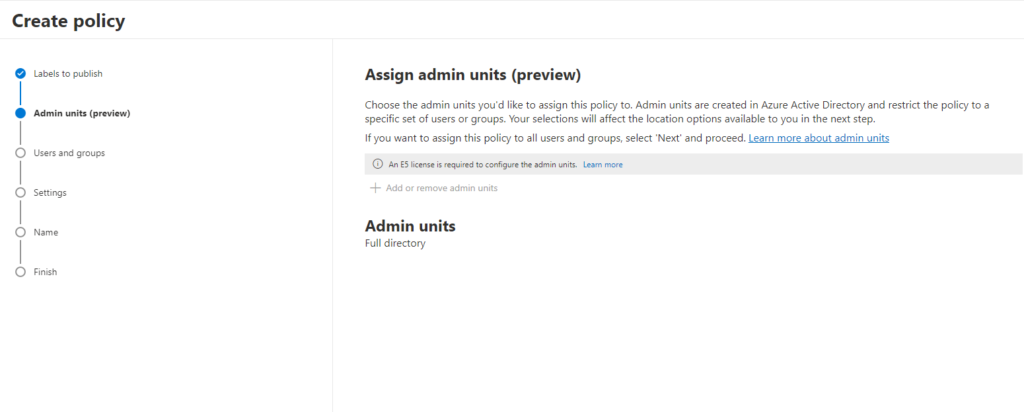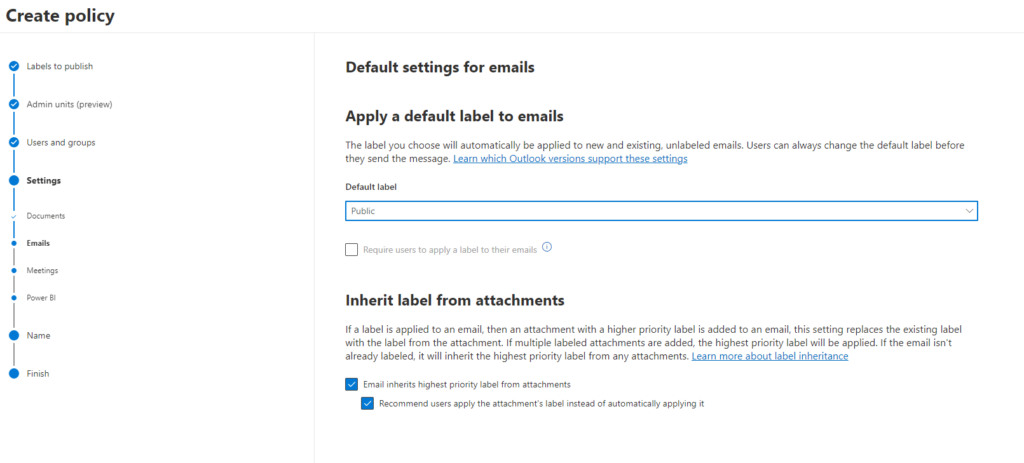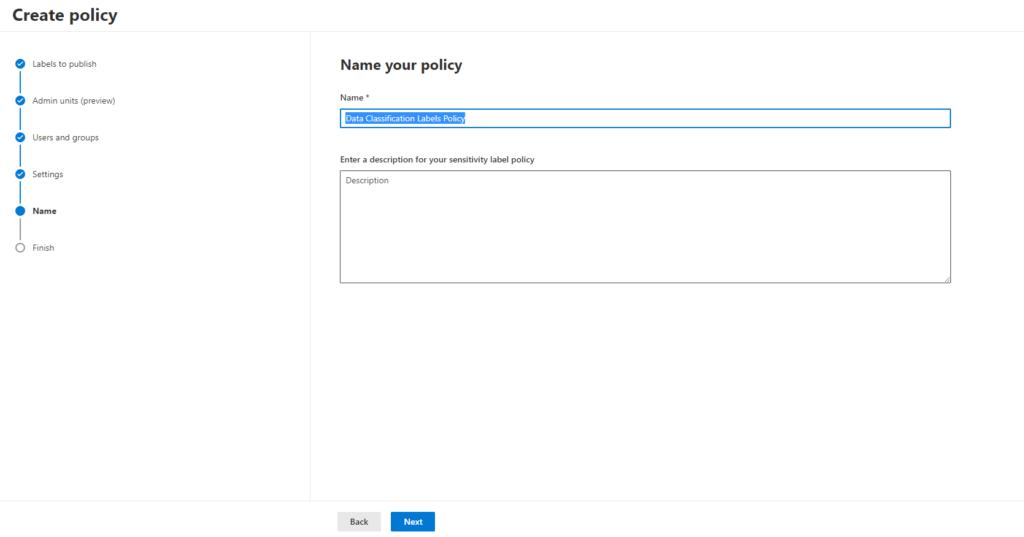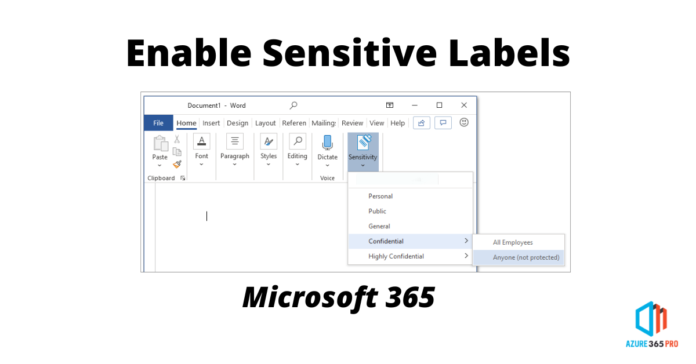In Microsoft 365 (M365), the labels used for data classification and protection can vary depending on an organization’s specific configuration and requirements. However, the labels you mentioned—public, sensitive, confidential, and restricted—are commonly used to classify and protect data within M365.
Here’s a breakdown of these labels and their general meanings:
- Public: This label is typically assigned to data that can be freely shared and accessed by anyone within or outside the organization. It usually indicates that the information doesn’t contain sensitive or confidential content and has no legal or compliance restrictions.
- Sensitive: The sensitive label is used for data containing information requiring protection due to privacy, compliance, or business requirements. It signifies that the data should be handled cautiously and only shared with authorized individuals or groups within the organization.
- Confidential: The confidential label is applied to data that contains highly sensitive information, such as trade secrets, financial data, personally identifiable information (PII), or any other information that requires strict protection. Access to confidential data is usually limited to a small group of authorized individuals or specific roles within the organization.
- Restricted: The restricted label represents the highest data classification and protection level within M365. It is typically used for highly regulated data, legally protected, or subject to specific compliance requirements. Restricted data often includes classified information, intellectual property, or data related to national security. Access to restricted data is tightly controlled, and strict security measures are implemented to ensure its confidentiality and integrity.
It’s important to note that these labels are not fixed and can be customized based on an organization’s specific needs. Organizations may define additional labels or modify the existing ones to align with their data classification policies and compliance requirements. The label names and definitions can vary depending on the organization’s industry, regulatory environment, and internal guidelines.
